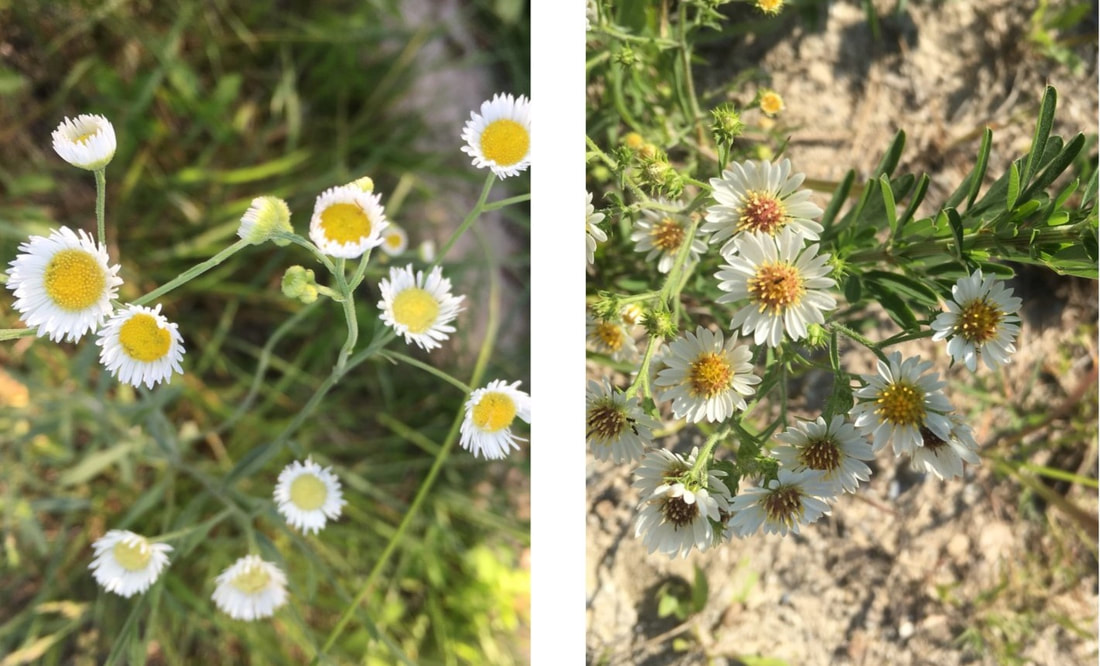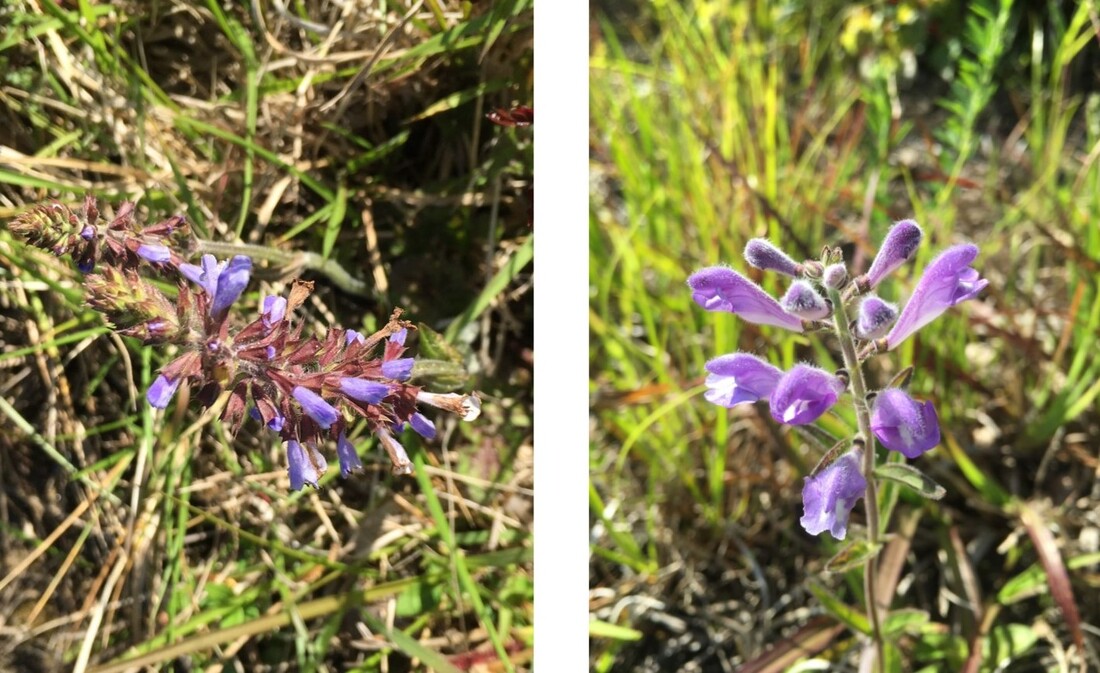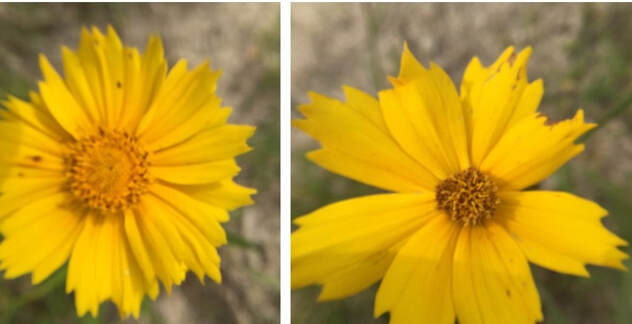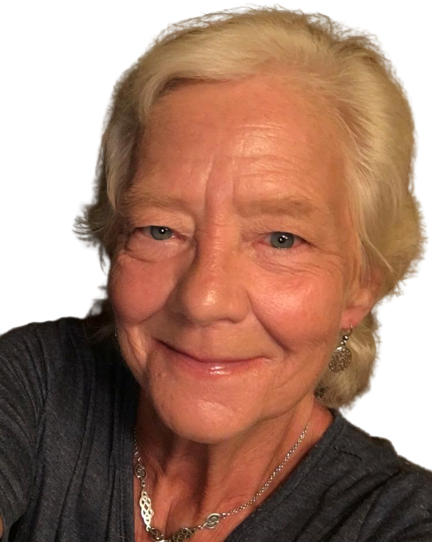 Daily Fleabane on left versus the Frost Aster on the right.
Daily Fleabane on left versus the Frost Aster on the right. I’ve lived on Norton Road for nearly thirty years. I’ve driven up and down this occasionally muddy, most of the time dusty path from my home to the main thoroughfare thousands of times. I’ve even walked it who knows how many times. But I never paid one bit of attention to the vegetation along the road; except to comment on it needing to be cut.
In the past several years, I’m made a complete 180-degree attitude adjustment in viewing my surrounding. Instead of only seeing the unkempt grass and weeds, I now see a whole new vista populated with gorgeous flowers, unusual plants and shrubs, and a host of flying, crawling, and burrowing creatures I never knew existed. It’s mind-boggling how these innocent-looking plants and bugs evolved and adapted to the local conditions and have thrived here for eons.
My transformation began while writing environmental conservation articles for magazines. The dedication and enthusiasm of the people I interviewed were contagious making me curious enough to research and learn more about the dwindling populations of pollinators and their disappearing habitat. That newfound knowledge blossomed into wanting to put words into action. I wanted to discover the local native flora I’d overlooked for so long and use it to turn our yard into a pollinator paradise.
Then reality set in. I knew nothing about gardening, except for growing a few veggies in the backyard. My parents and grandmother always enjoyed puttering around the yard and could get every plant they stuck in the ground to grow. Unfortunately, their green thumbs weren’t hereditary.
My attempts at landscaping never turned out as envisioned. Actually, our yard looked more like a disaster area whenever my projects turned belly up. However this time, I believed I could do it. I just had to start from scratch and absorb all the info I could from the experts.
All the theory I picked up in my research made sense and sounded straightforward. The problems started when I had to put words into action. My first step was to identify exactly what kind of wildflowers grow around here. Sounds simple, yet is much easier said than done.
So many of them look alike! My Seek and Picture This apps can tell them apart but me, no way. Instead, I stare at a wildflower thinking, Is this a fleabane or an aster? I forget the fine little details distinguishing one from the other.
The daisy fleabane (Erigeron strigosus) has a large, bright yellow, smooth center with a bunch of tiny, slender white petals while the frost aster (Symphyotrichum pilosum) has longer, thicker white petals and the textured center is more of an orange-yellow. The stems and leaves are different too. Looking at them side-by-side, it’s easy to see which is which. The problem is that out there, I can’t do a side-by-side comparison.
 Lyreleaf Sages (L) were one of my first finds earlier this spring. I didn't realize they had a look-alike in the Helmet Flower (R) until my "Picture Me" app noted the different name.
Lyreleaf Sages (L) were one of my first finds earlier this spring. I didn't realize they had a look-alike in the Helmet Flower (R) until my "Picture Me" app noted the different name.
But does being able to name the flowers really matter in the long run? As a novice at this stuff, I don’t think so. The important thing for me right now is just doing it – actually “seeing” the native flowers for what they are and learning about the vital role they play in nature. For me, knowing that they are indigenous and beneficial to insects, birds, and other critters is all that matters. The names will come as I get more practice. For now, I’ll let the apps take care of remembering that stuff. What do you think?
One more thing that adds to my confusion. These two flowers do not look the same. However, they are both the same flower, lance-leaf coreopsis (Coreopsis lanceolate). Go figure.

 RSS Feed
RSS Feed
